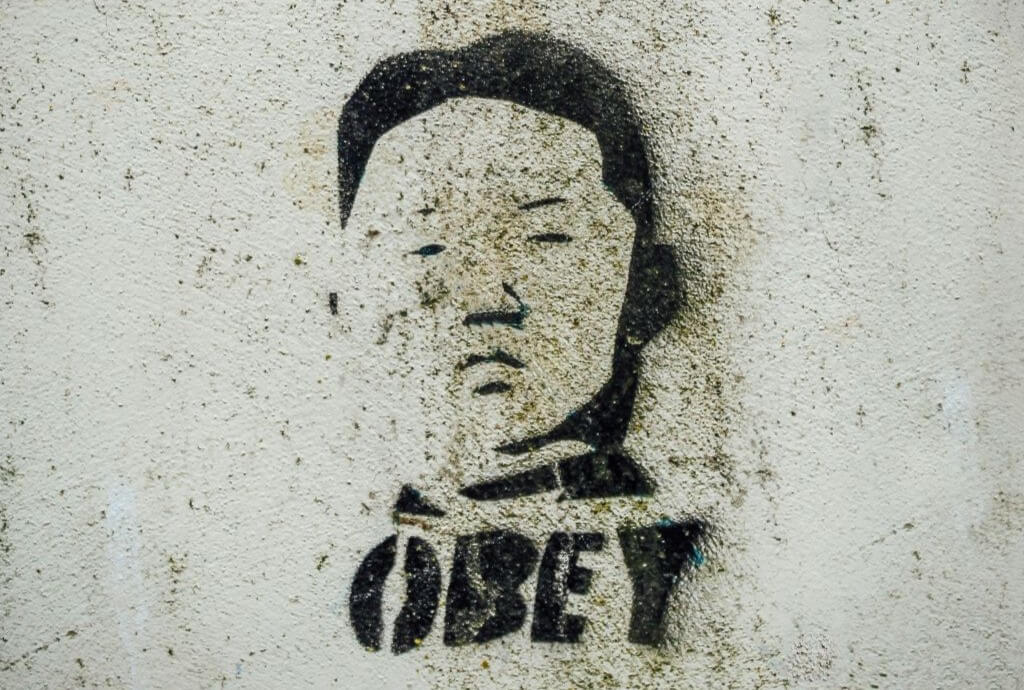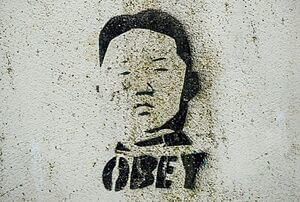Summarised by Centrist
Chinese students consistently outperform their Western peers in international assessments like PISA (Programme for International Student Assessment).
Professors Stephen Dobson and Peter Yongqi Gu argue that Chinese education fosters both knowledge and creativity.
They state that the success of Chinese students is rooted in their culture and guided by two key principles: “orderly and gradual progress” and “thick accumulation before thin production.” The latter refers to the idea that a strong, comprehensive foundation of knowledge (the “thick accumulation”) is essential before one can apply that knowledge effectively and creatively (the “thin production”).
These principles prioritise patience, step-by-step learning, and building a solid knowledge base before applying it creatively.
The professors state that instead of killing creativity with rote memorisation, Chinese learners show that repetition can enhance understanding. A common saying captures this: “meaning reveals itself when you read something many times.”
For example, the gradual mastery of the art of calligraphy, which has been mandatory since 2013, teaches patience, concentration, and appreciation for beauty. These skills are transferable to other disciplines. “Without a firm foundation, there is little to build on for productive creativity,” the authors argue.
This approach has helped Chinese students excel in exams like China’s national university entrance exams known as the Gaokao.
However, Dobson and Yongqi Gu admit, there are problems with Chinese learning, particularly the excessive focus on exams and academic competitiveness.



















